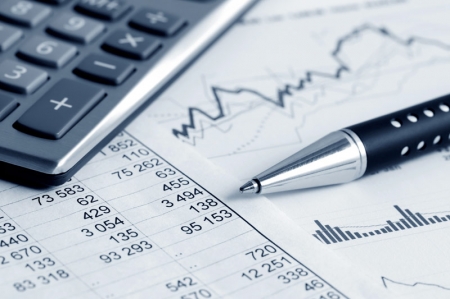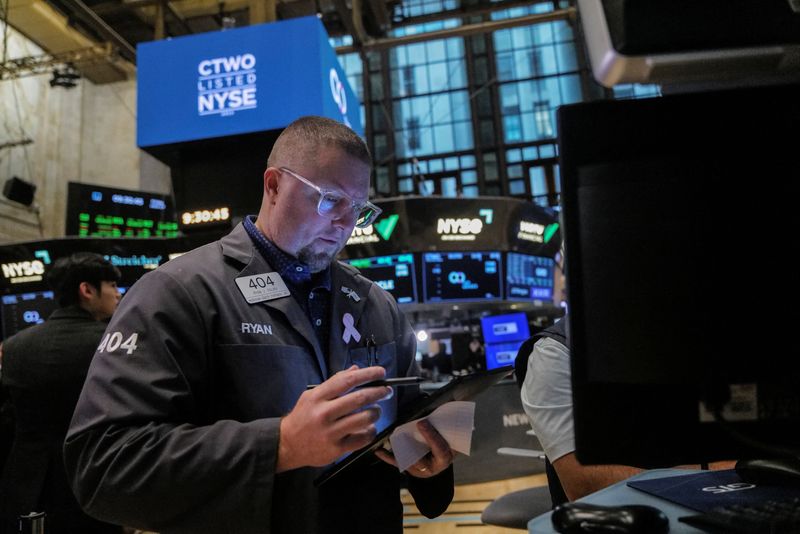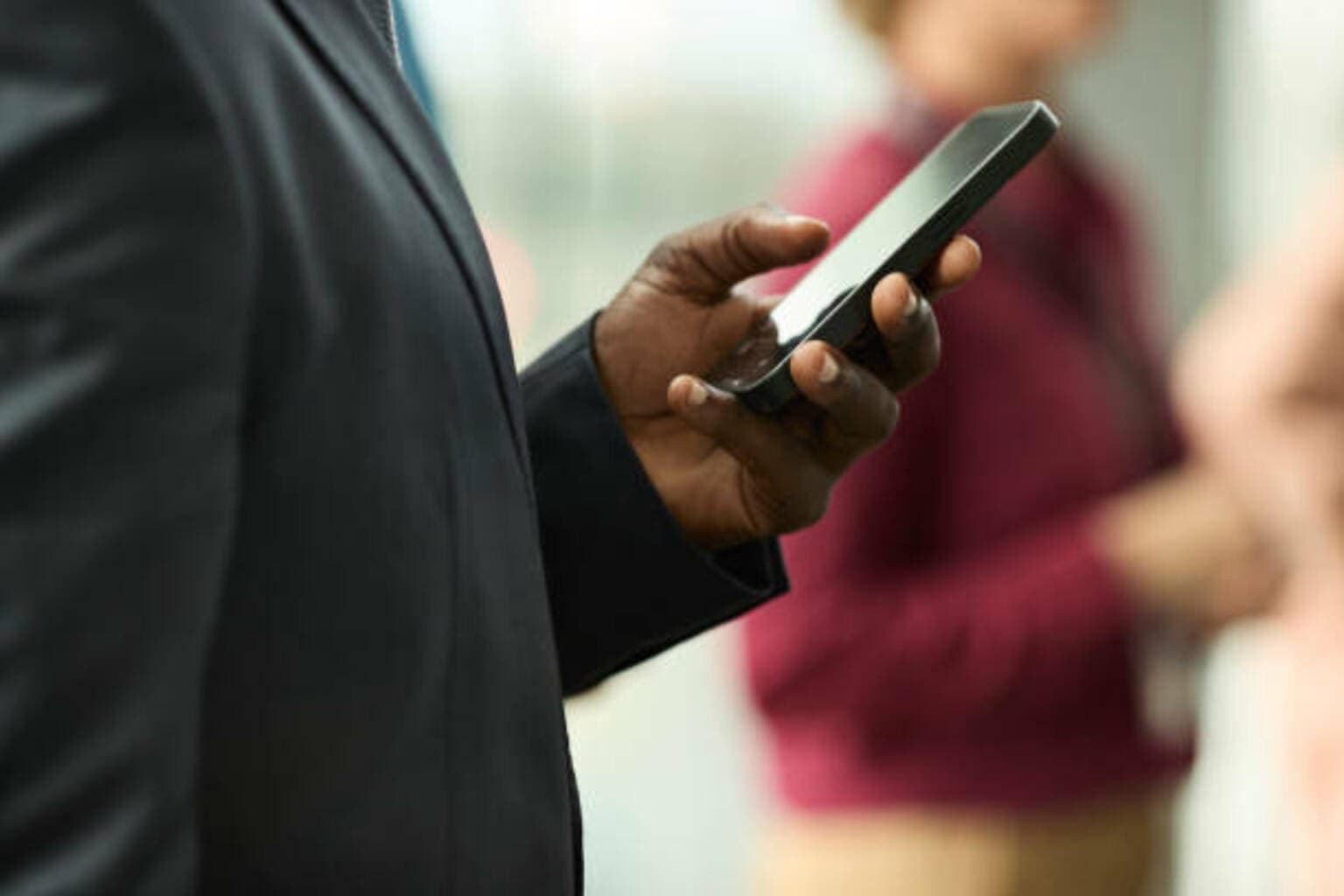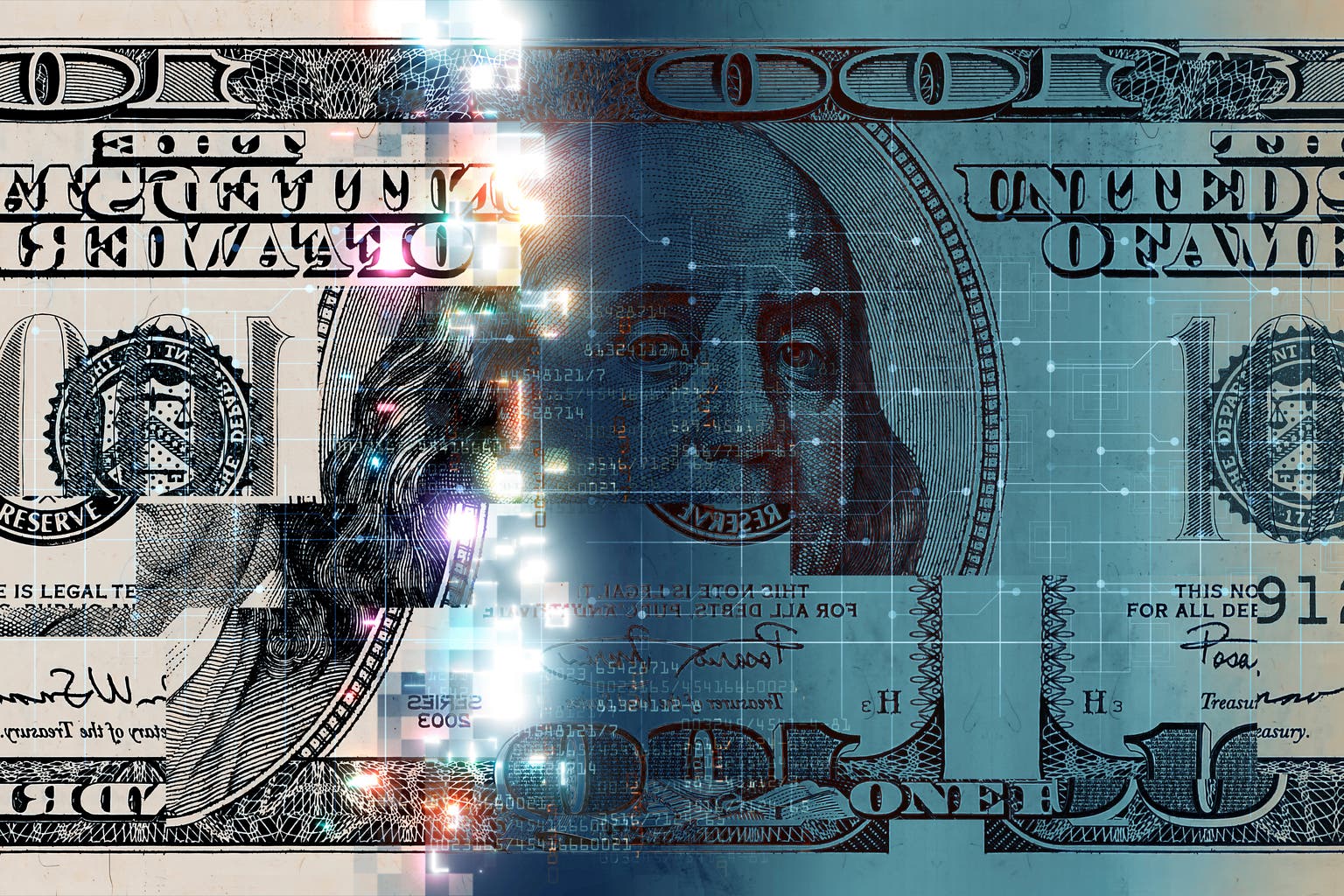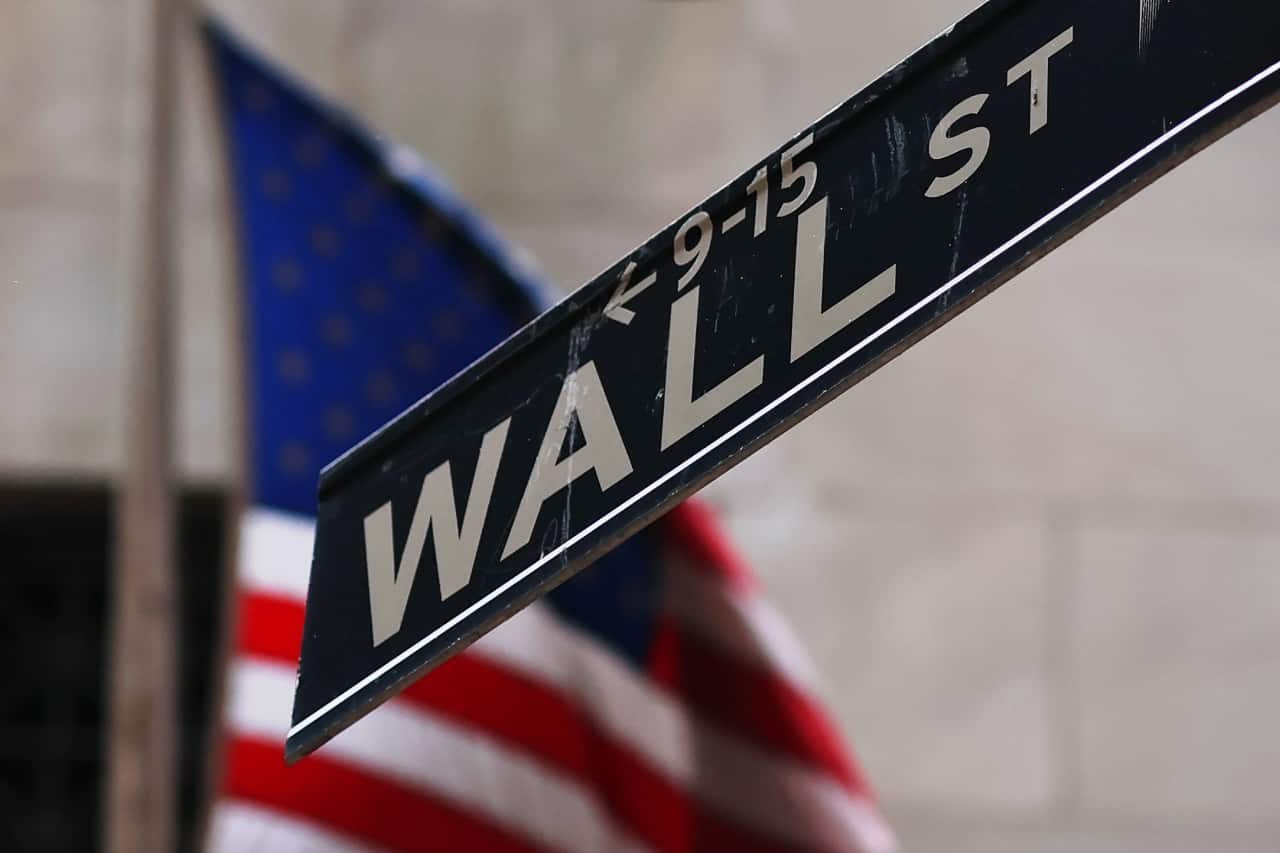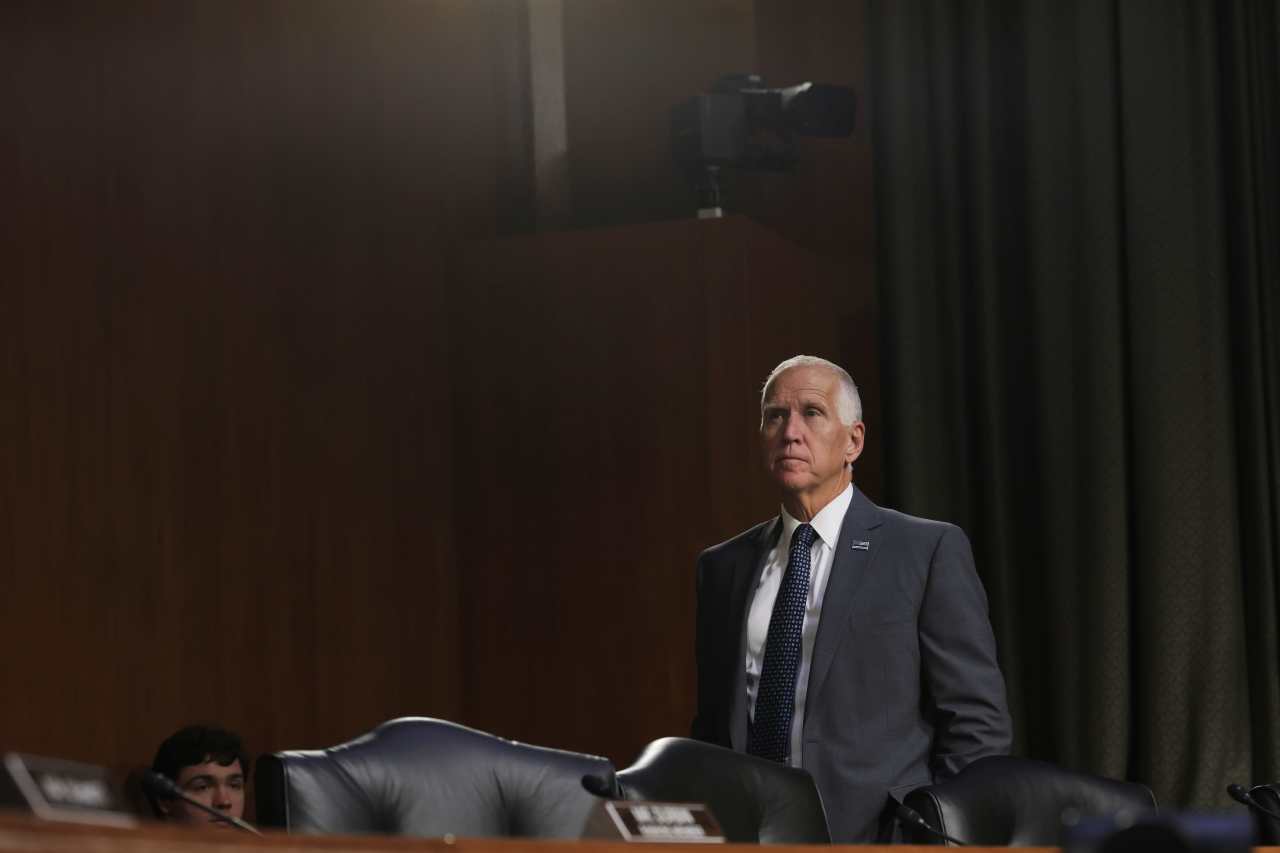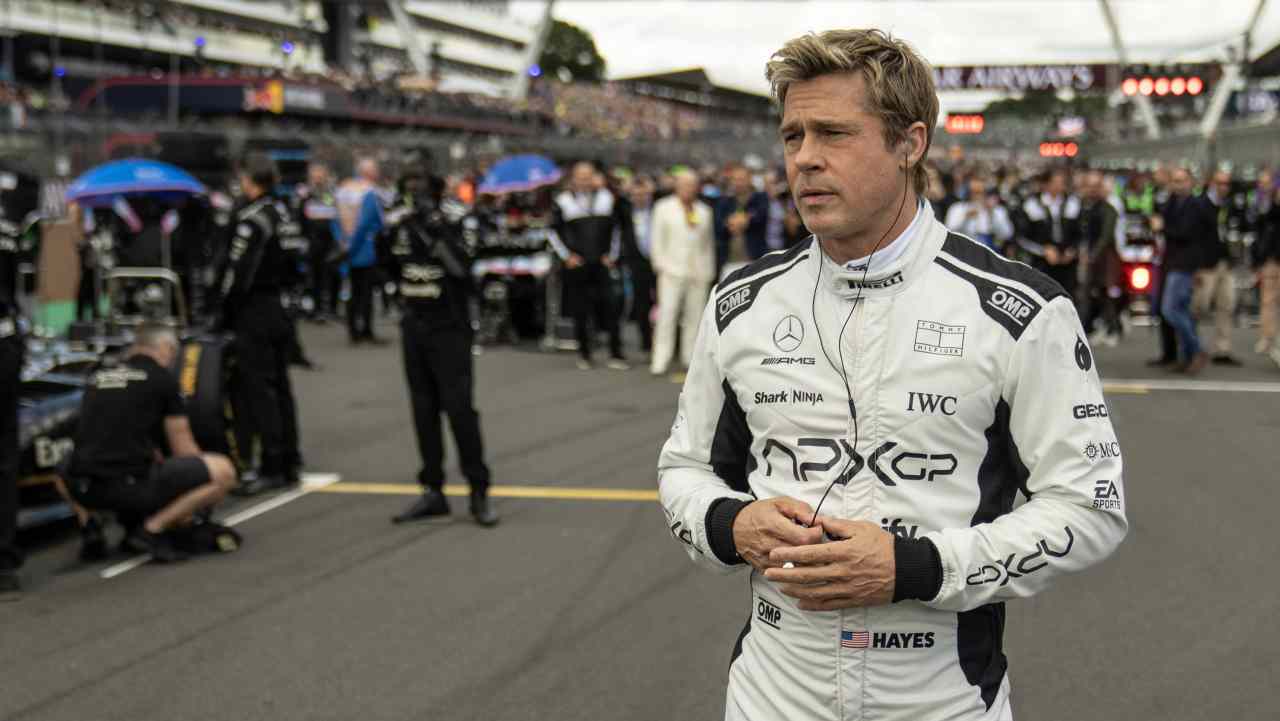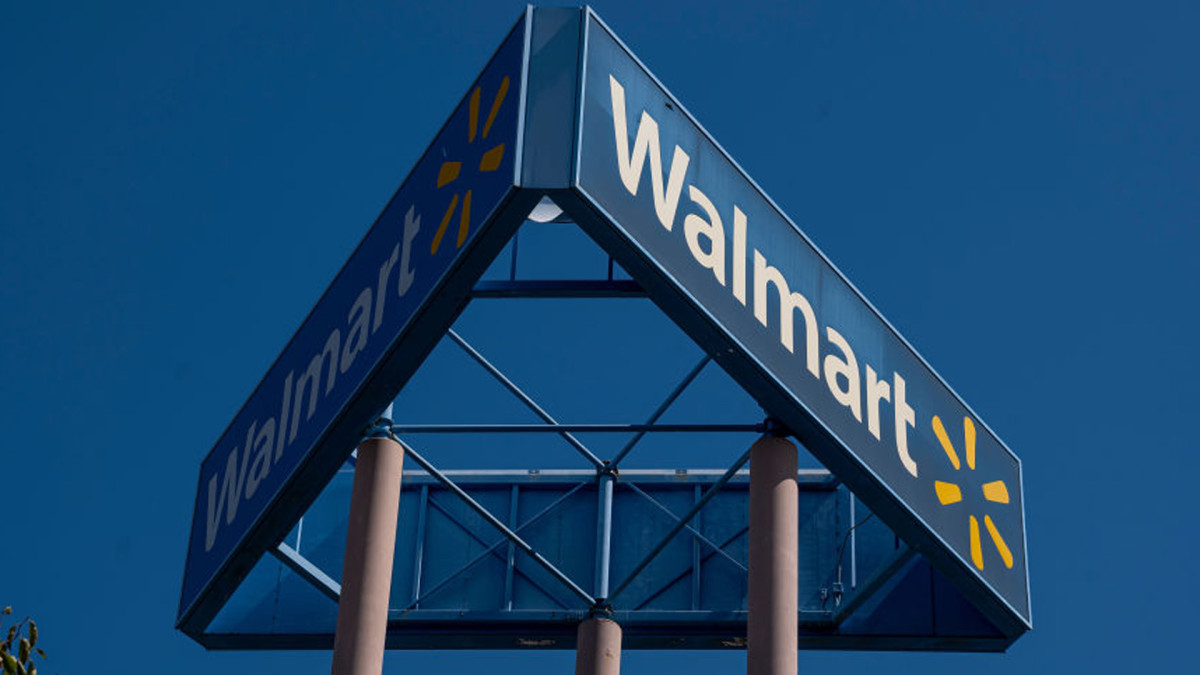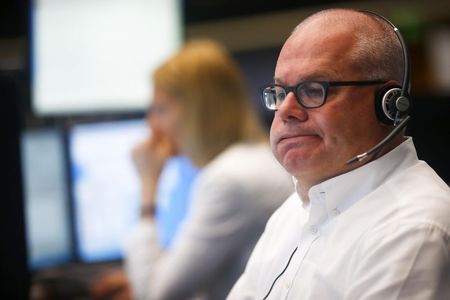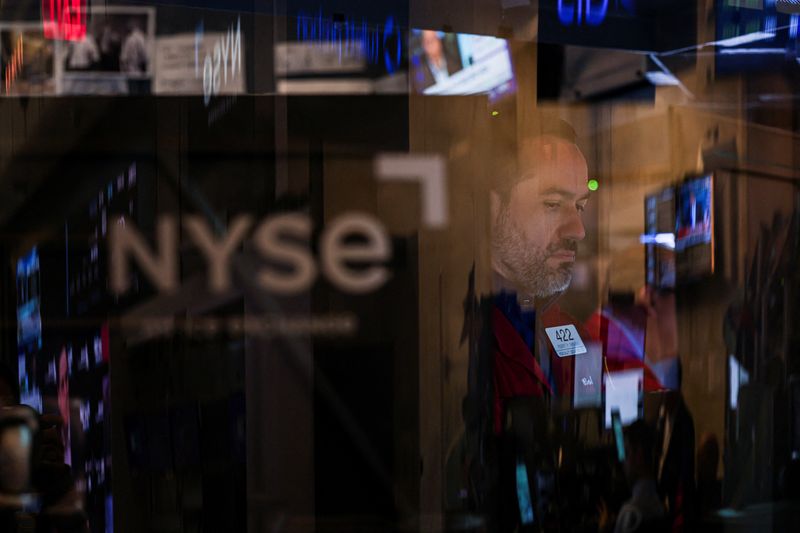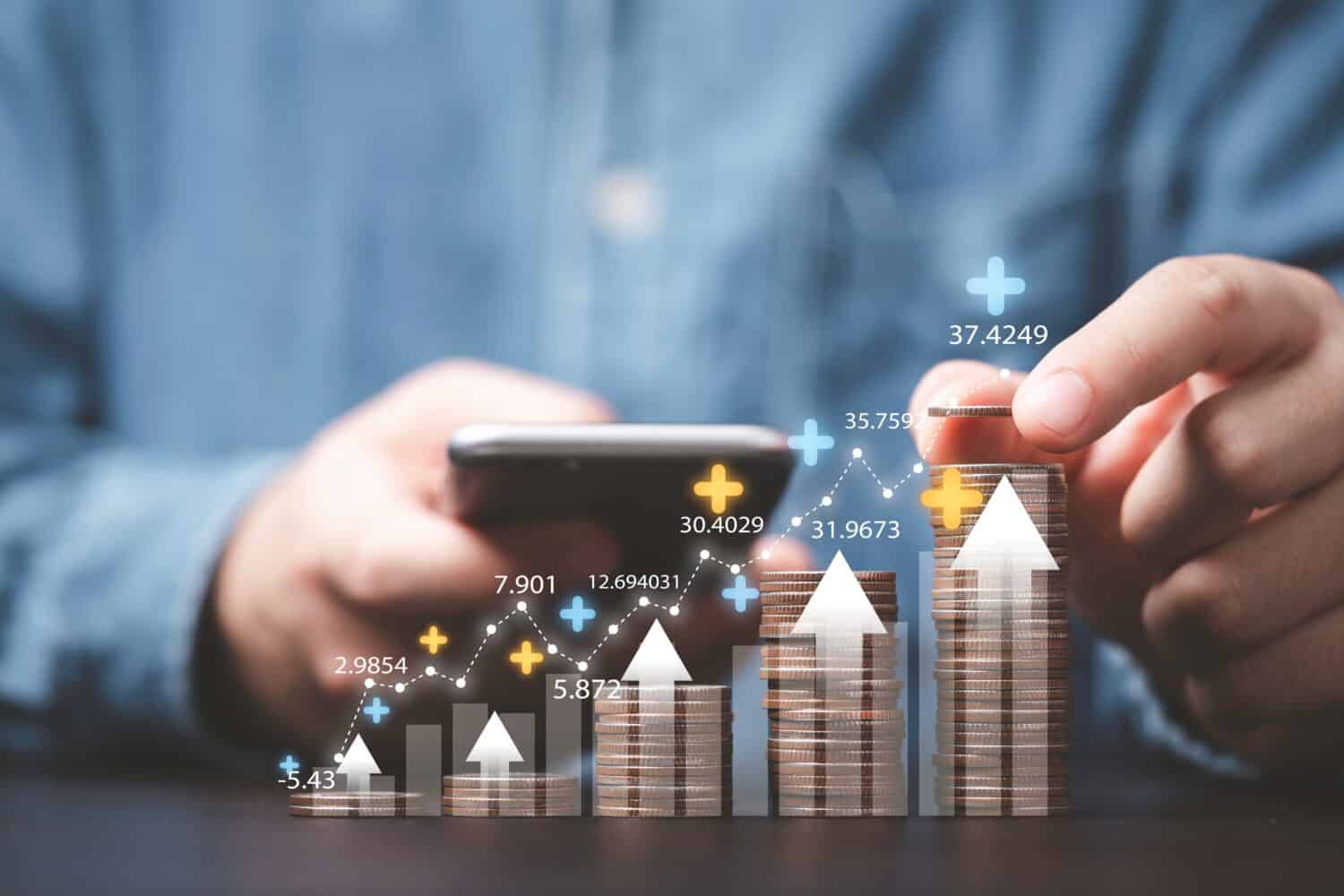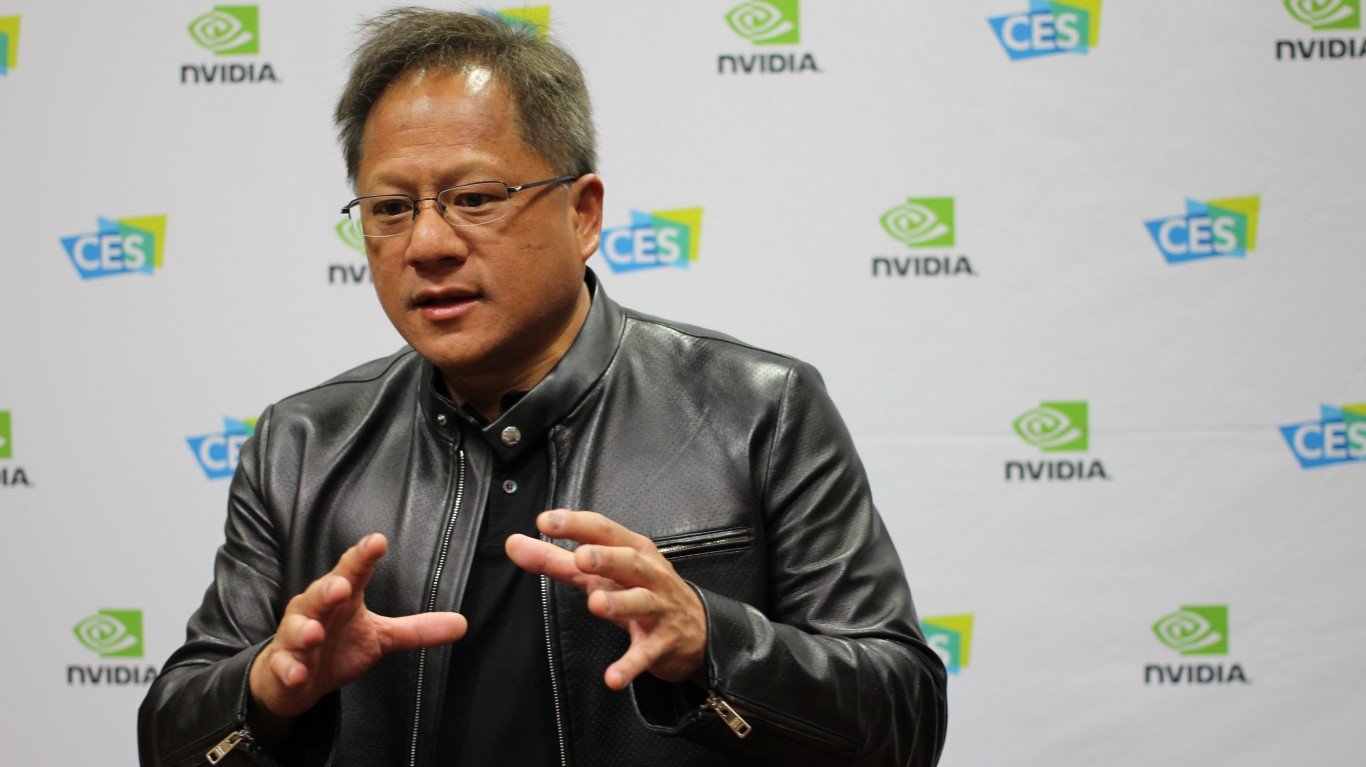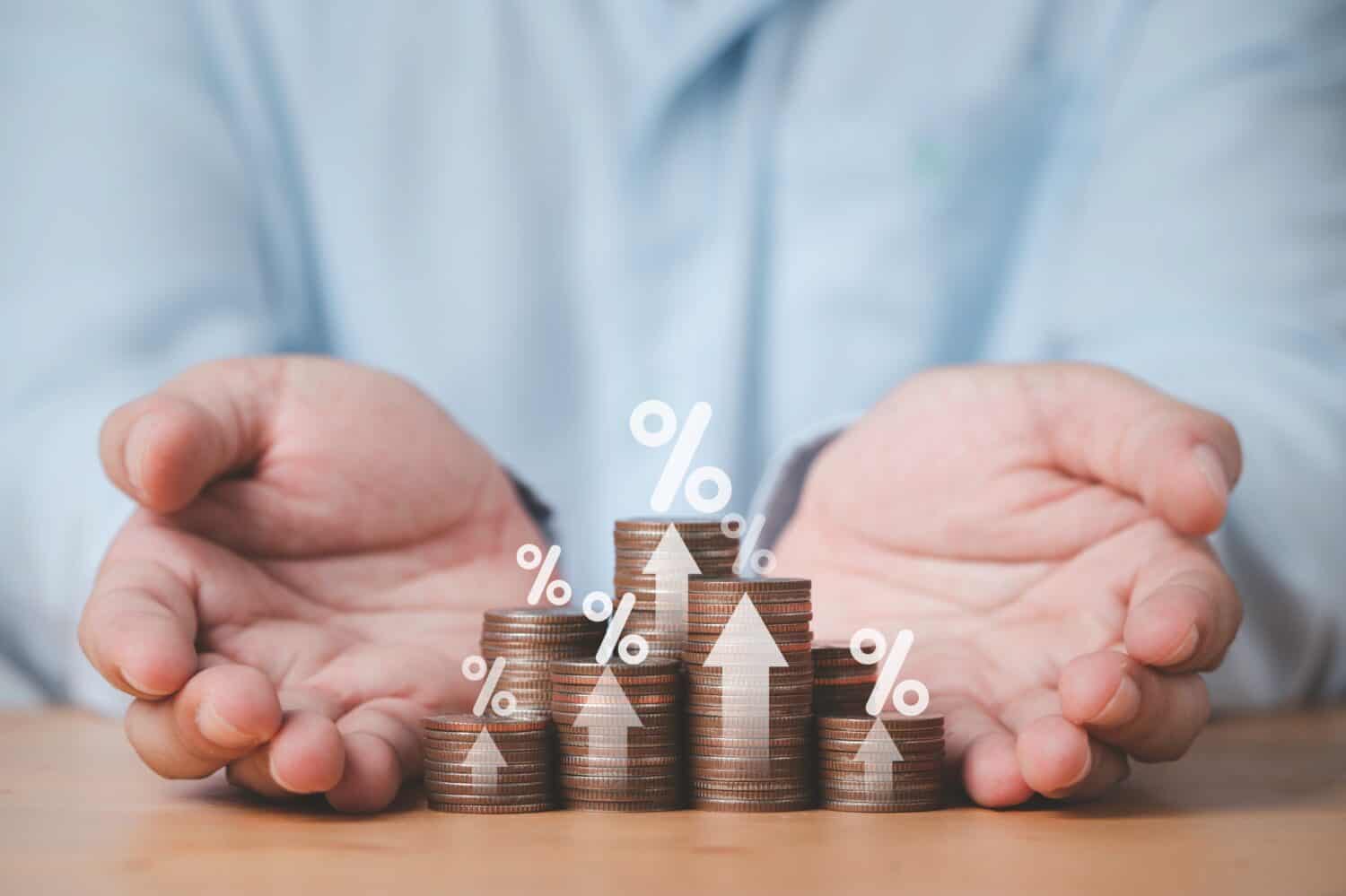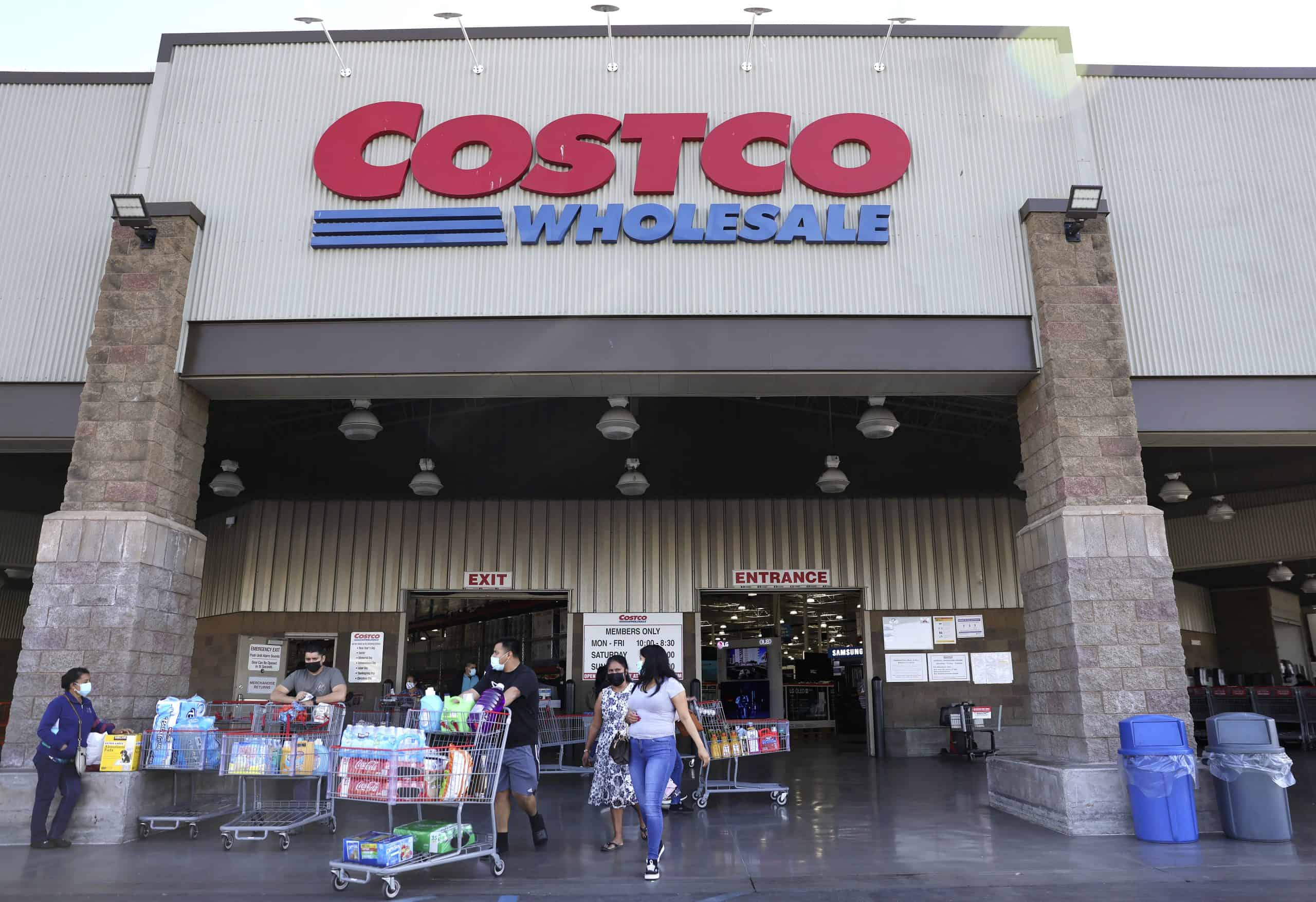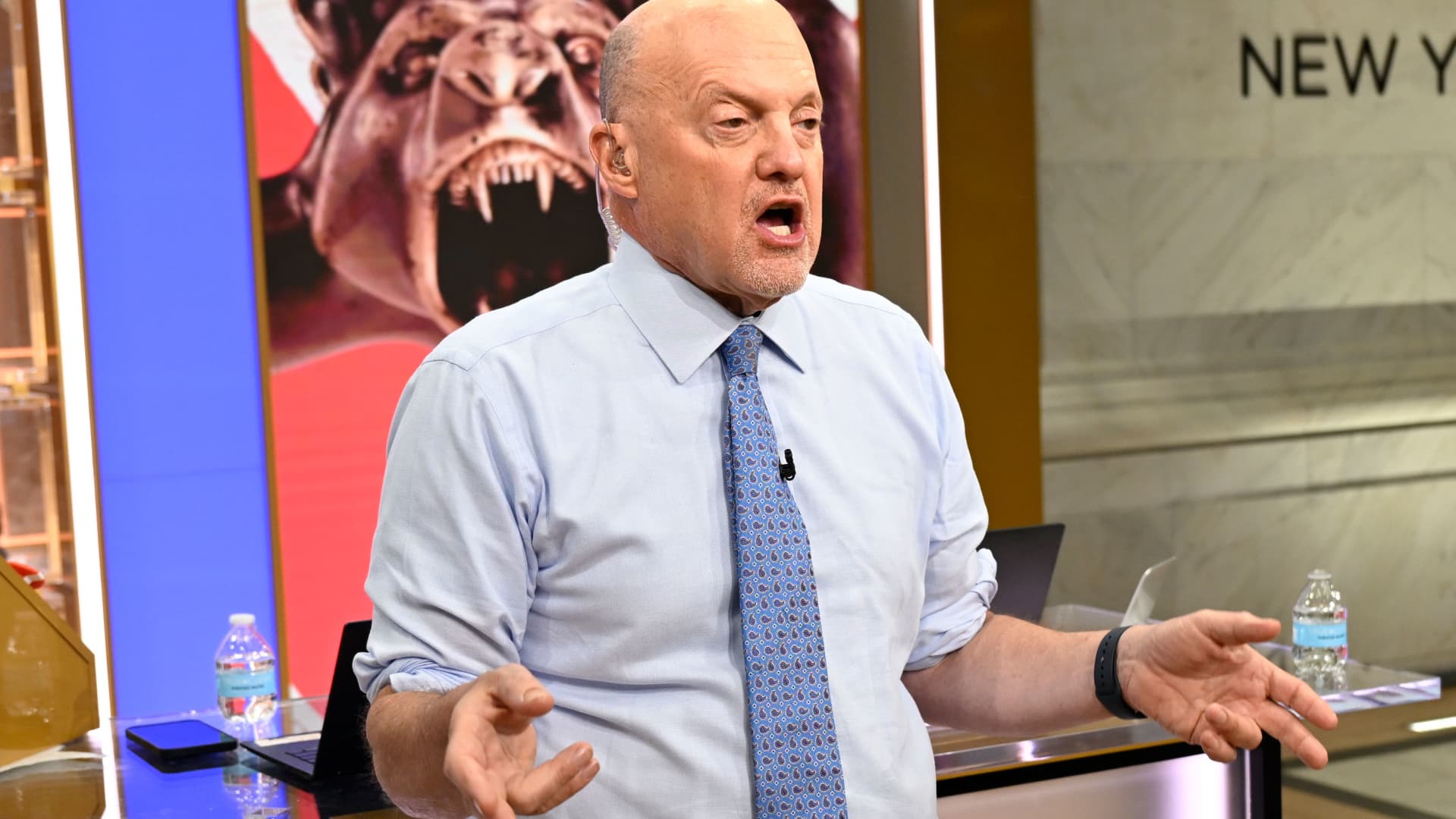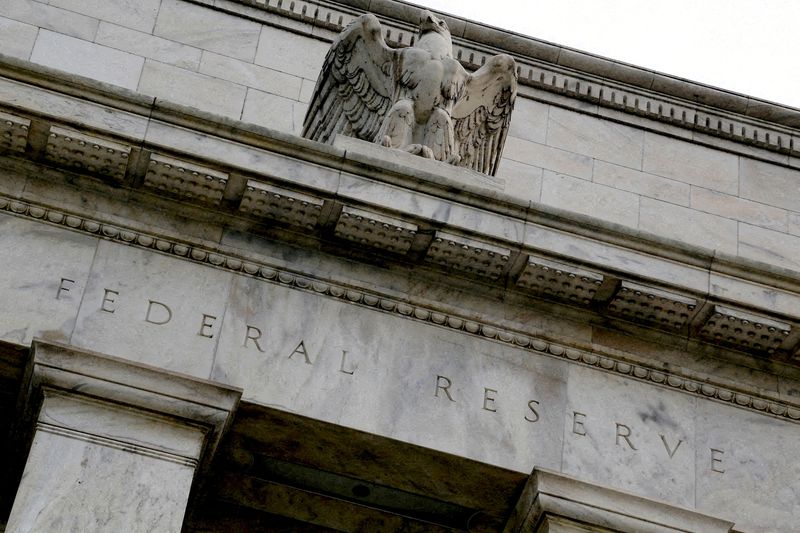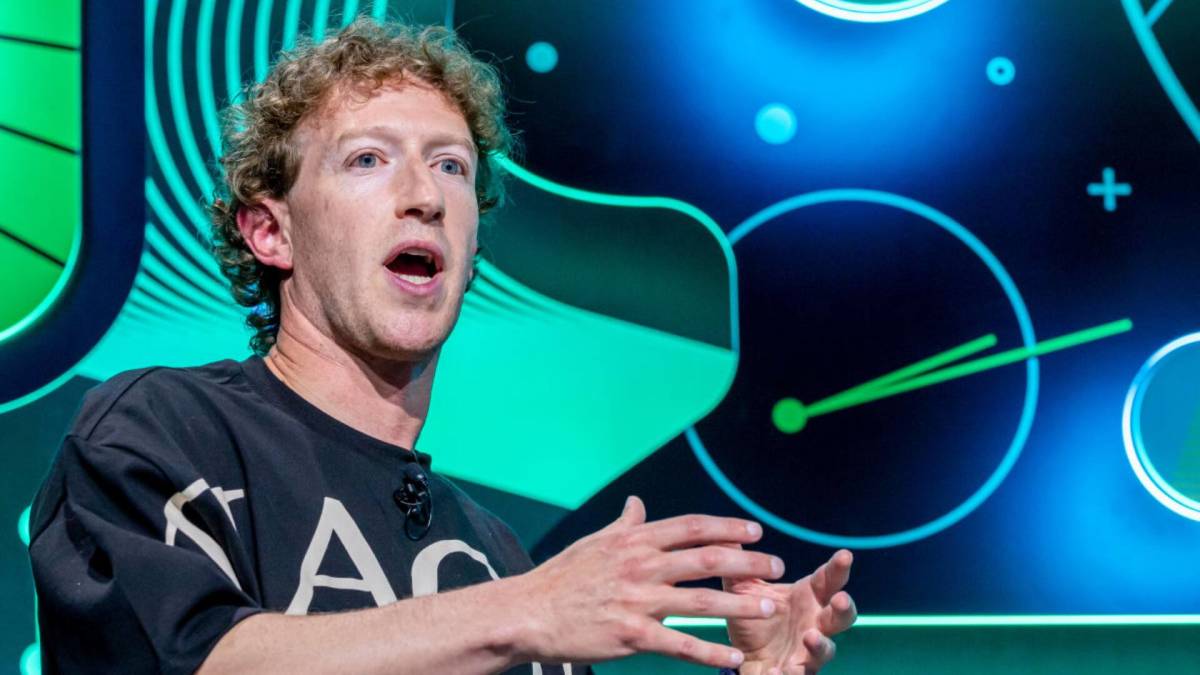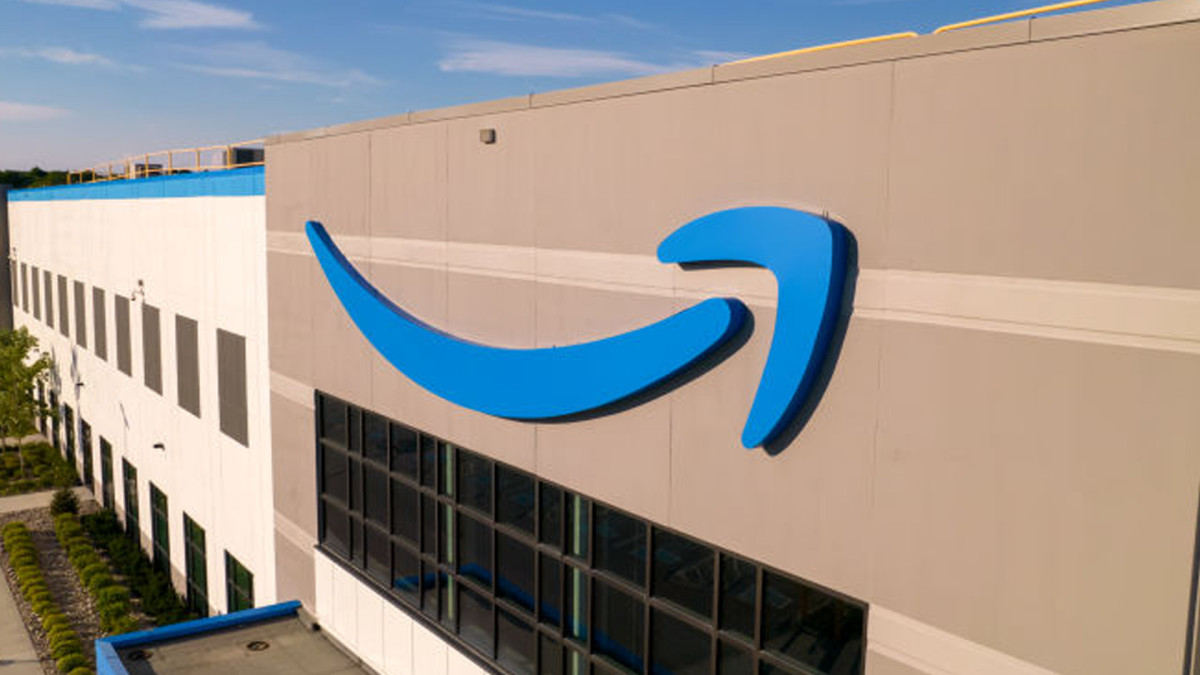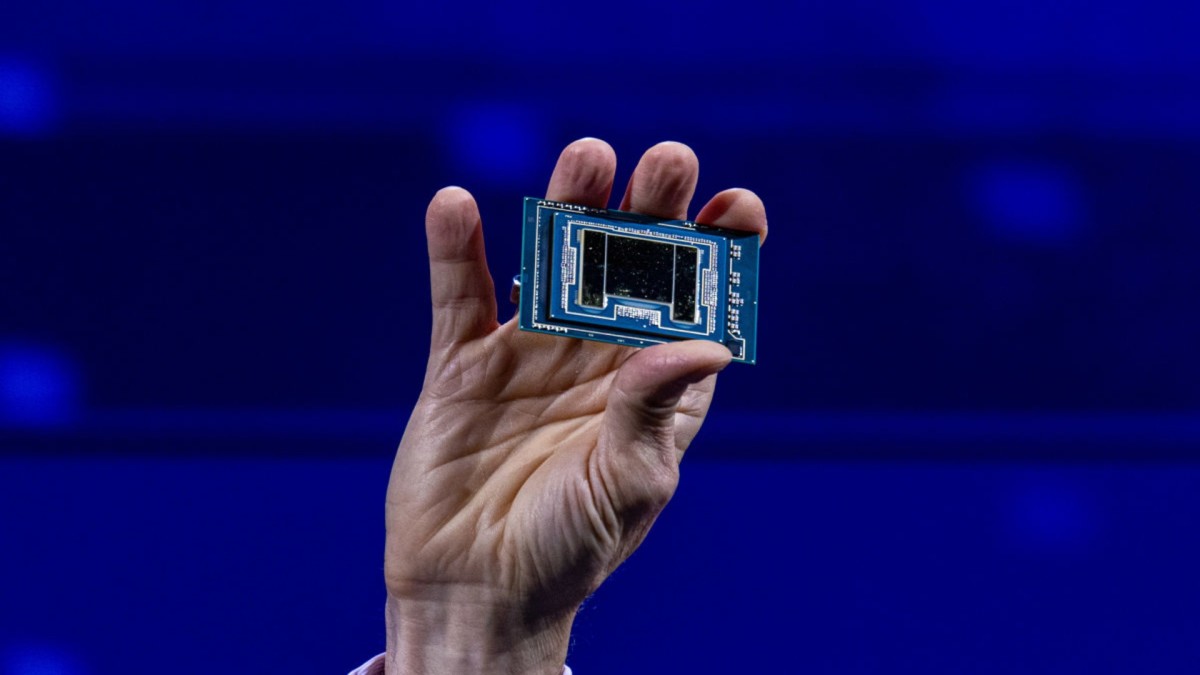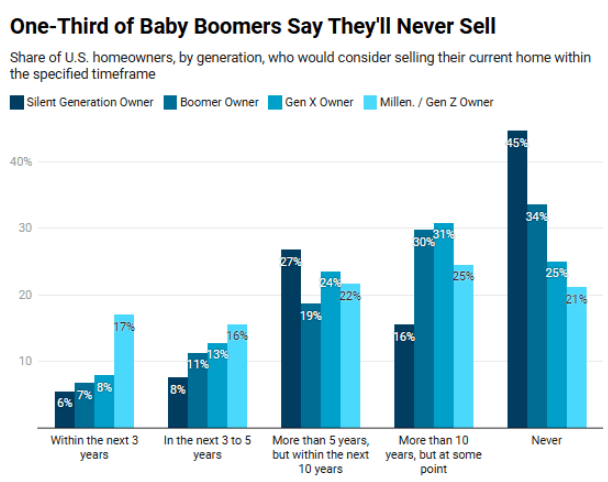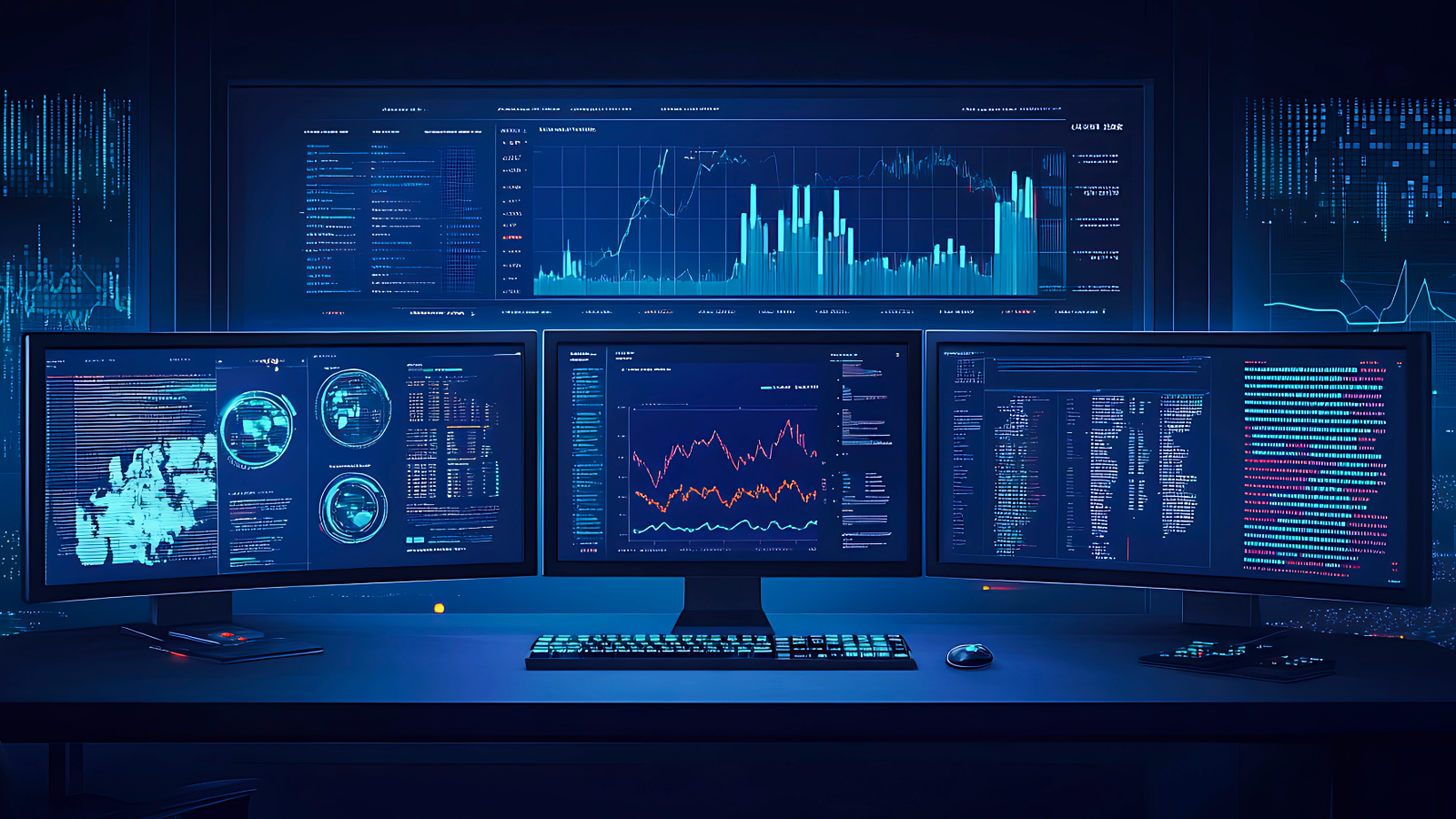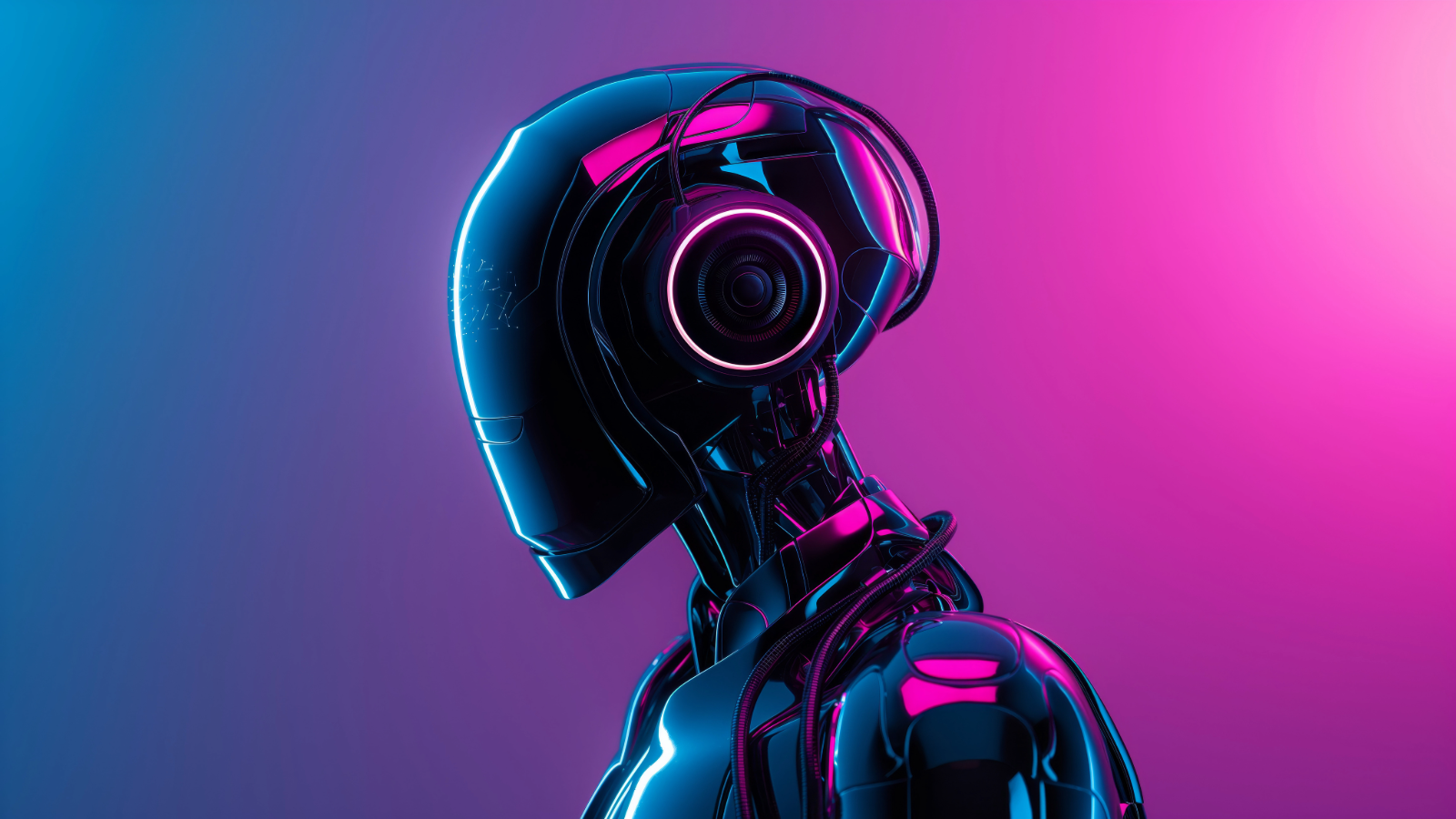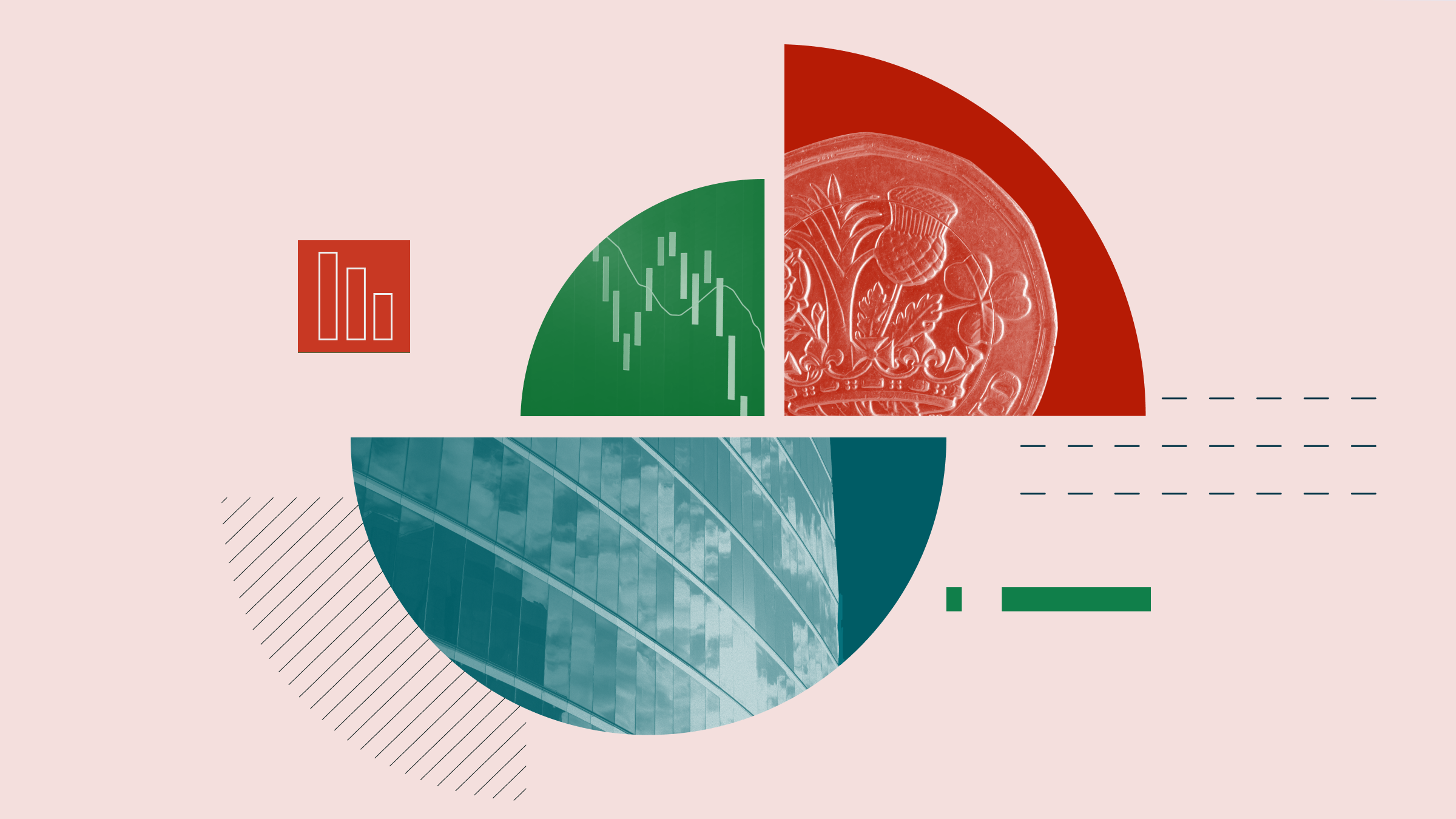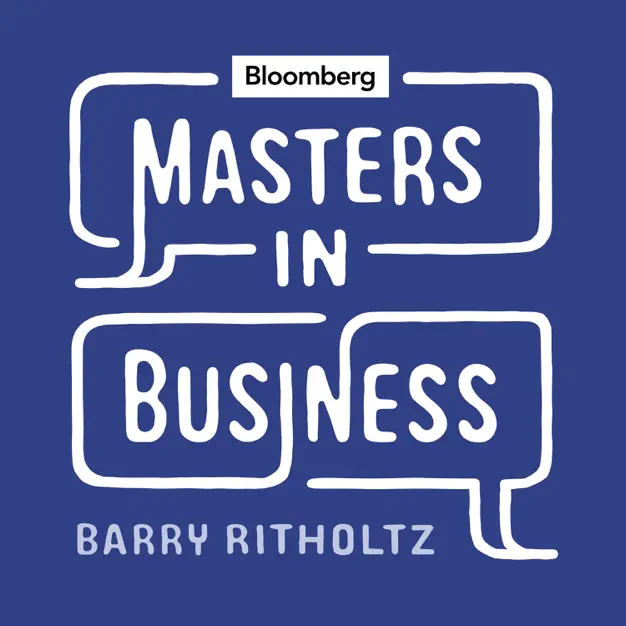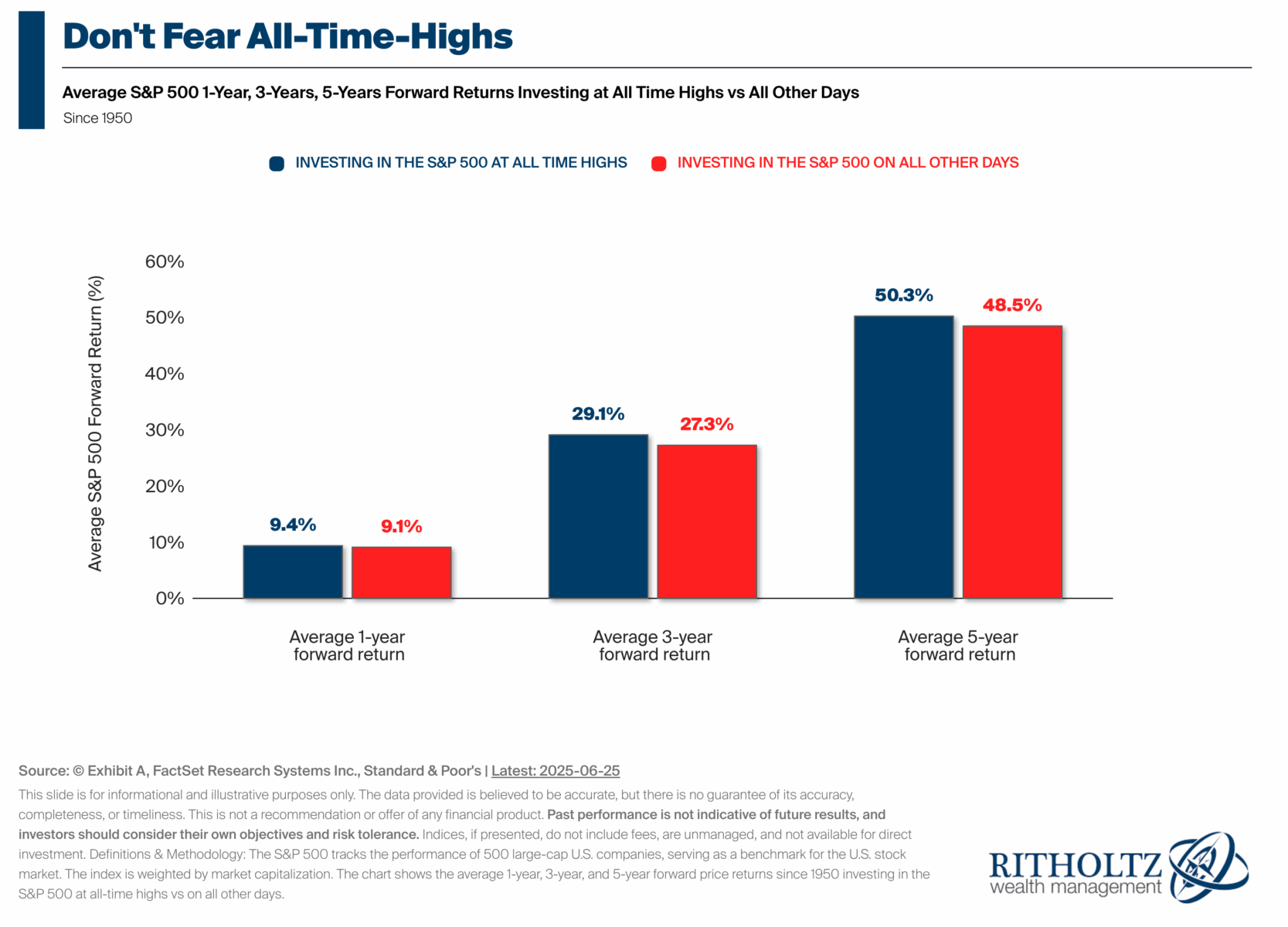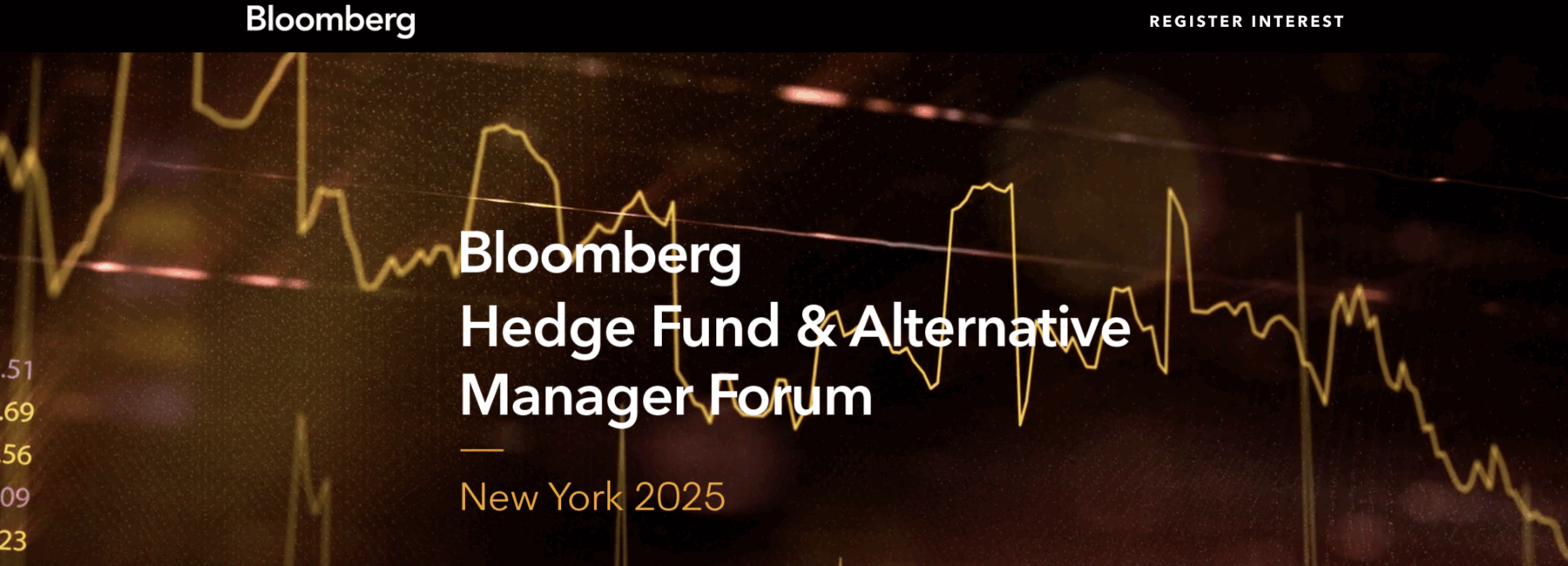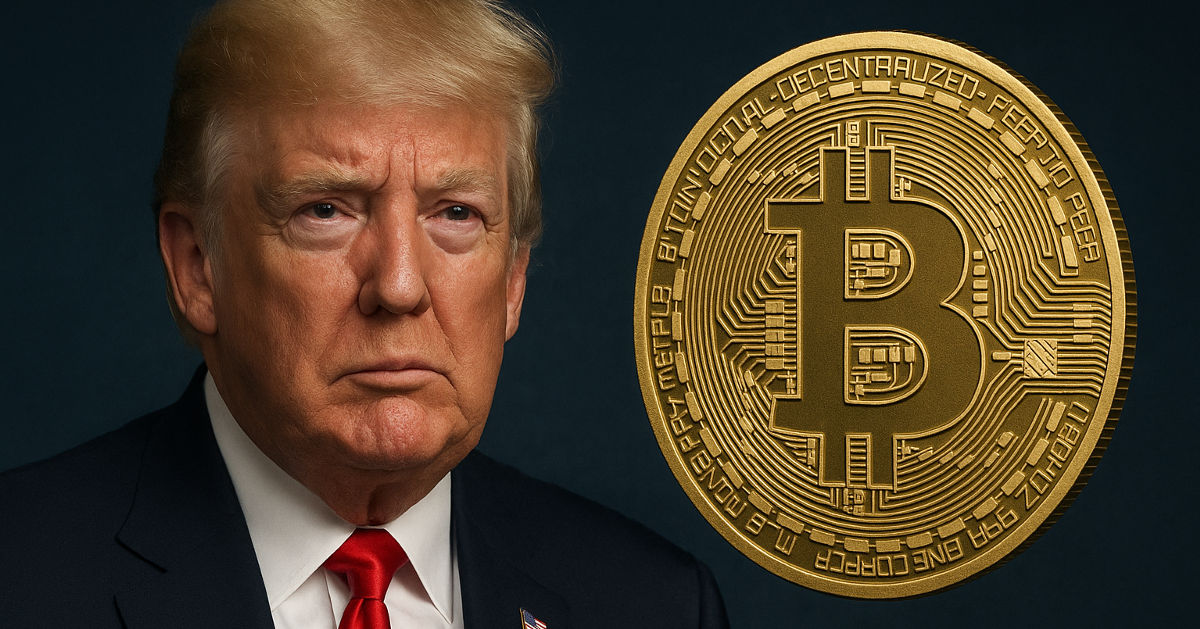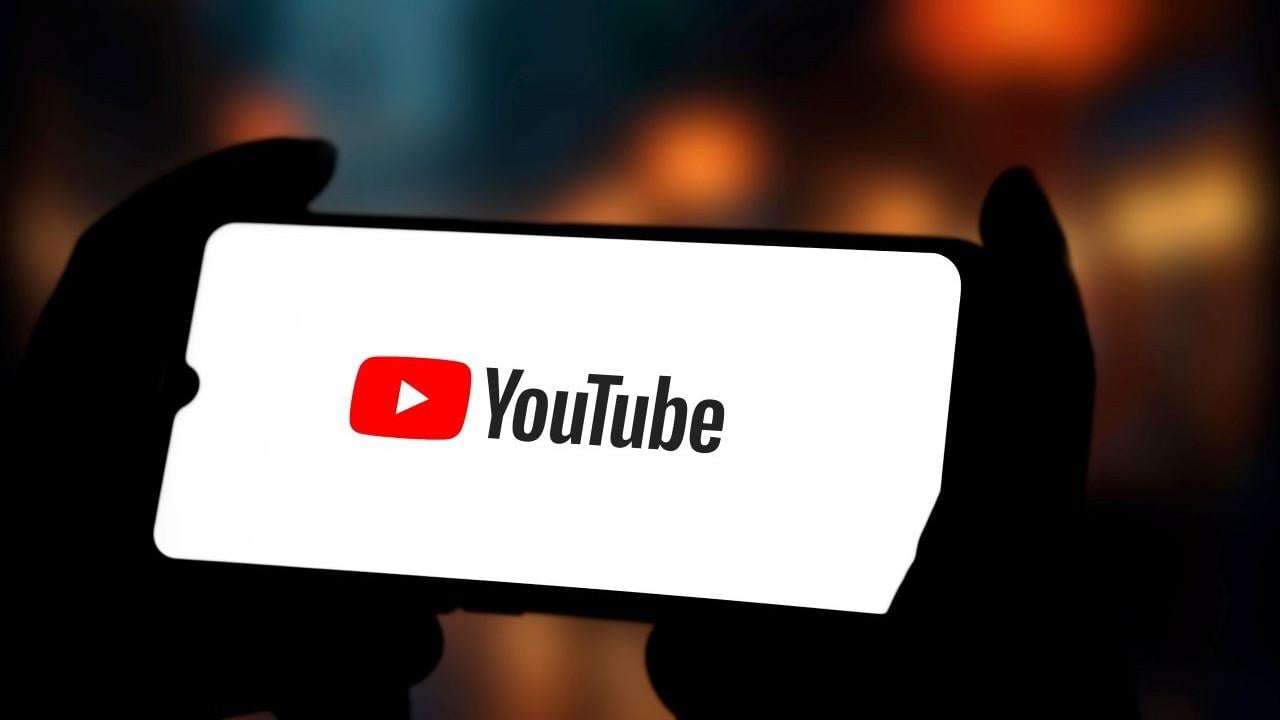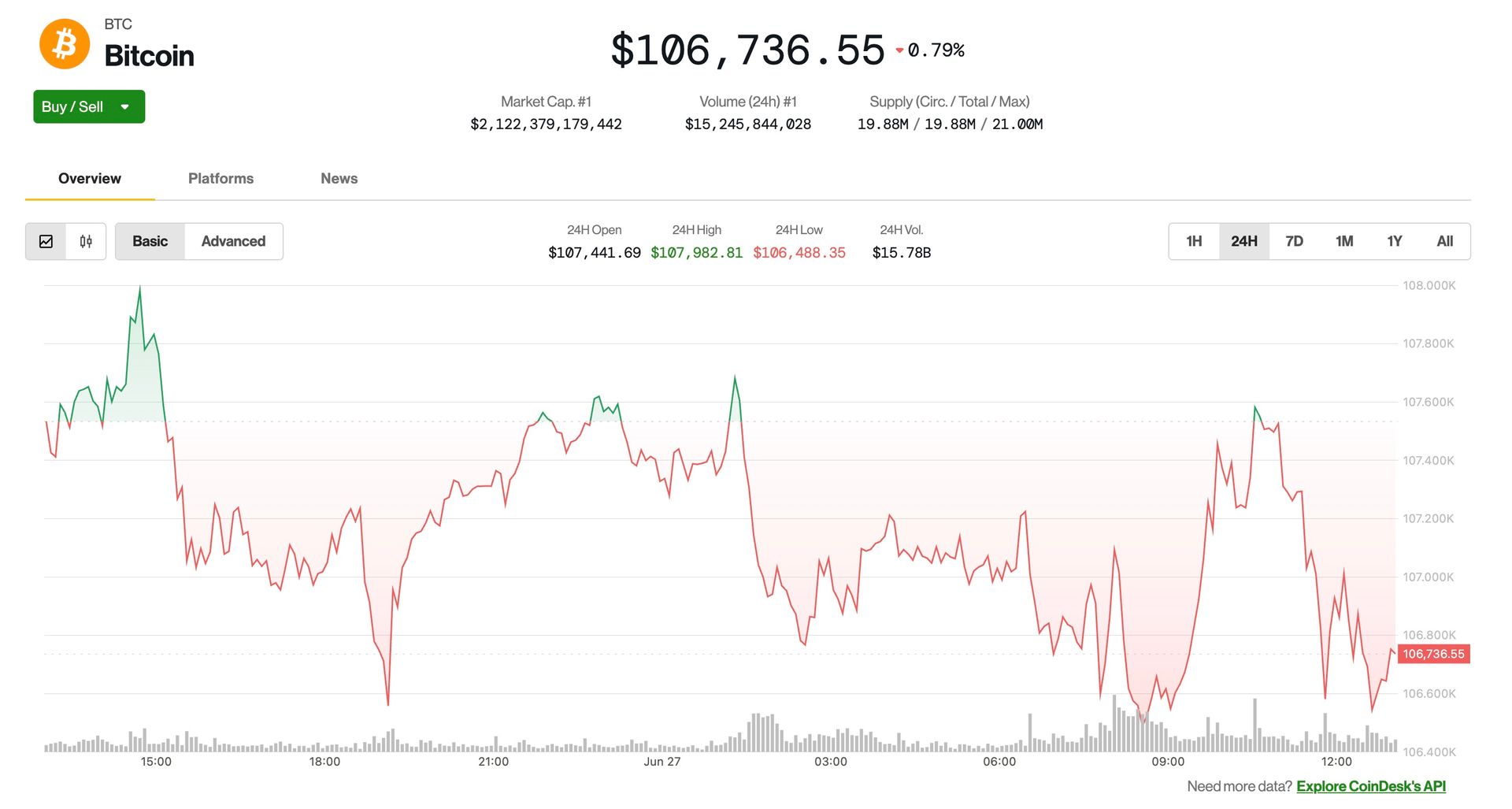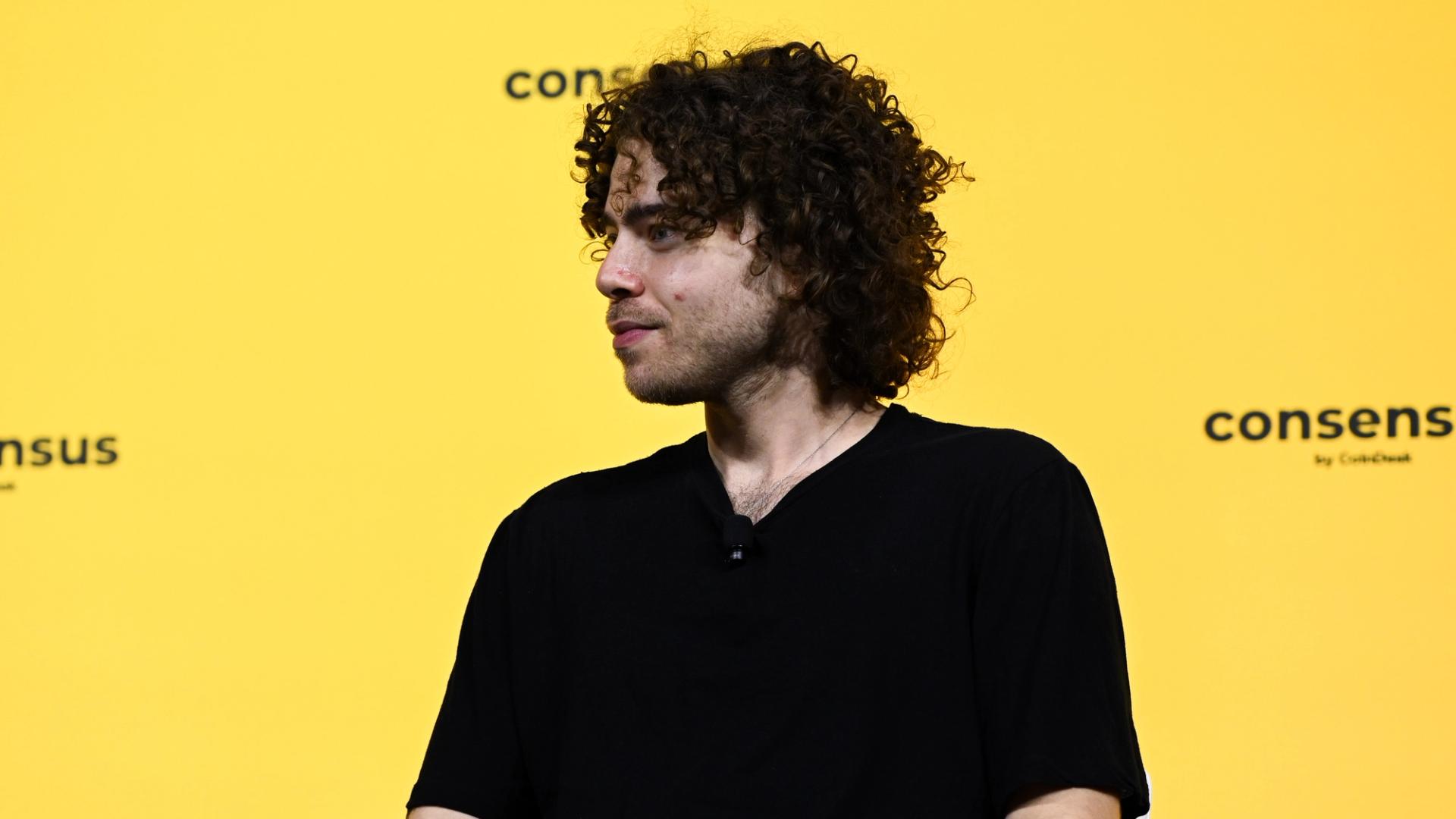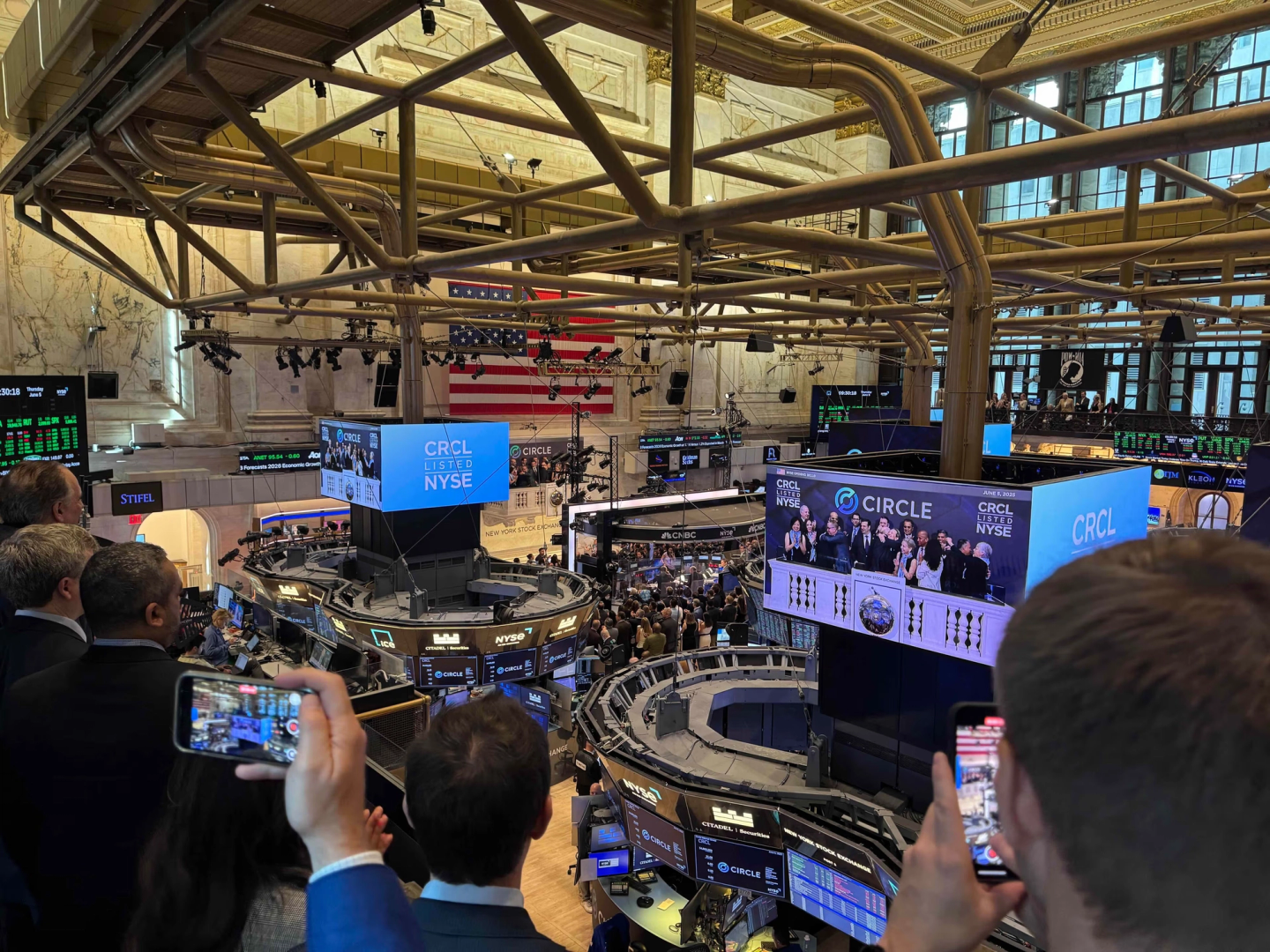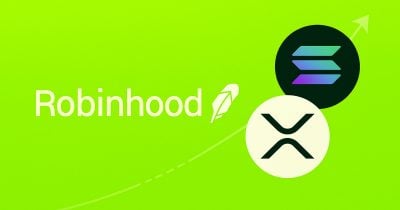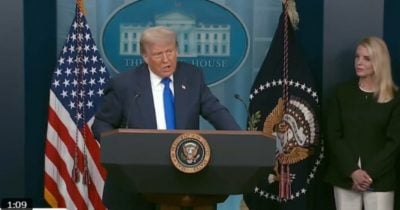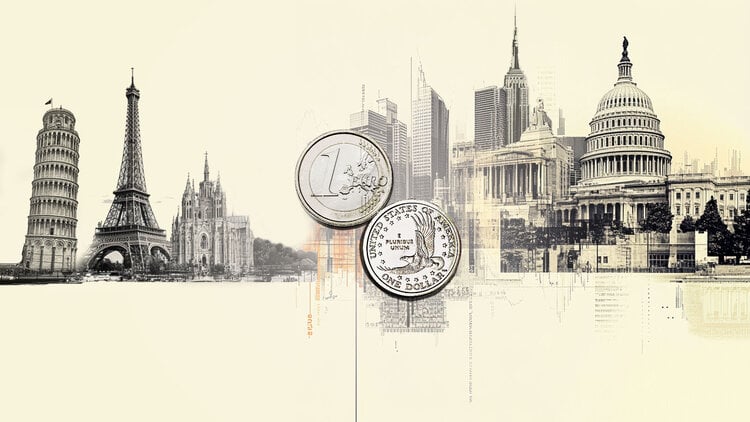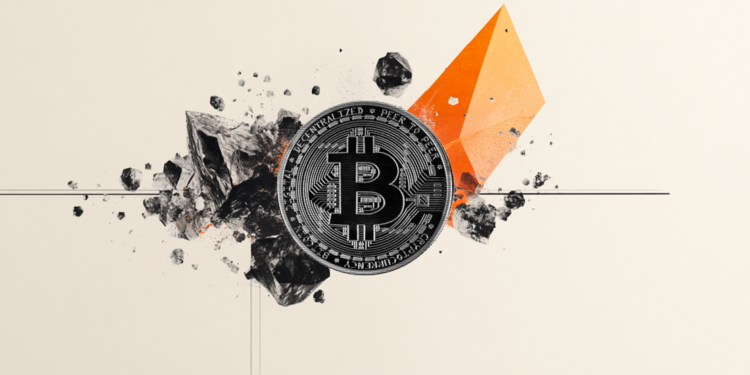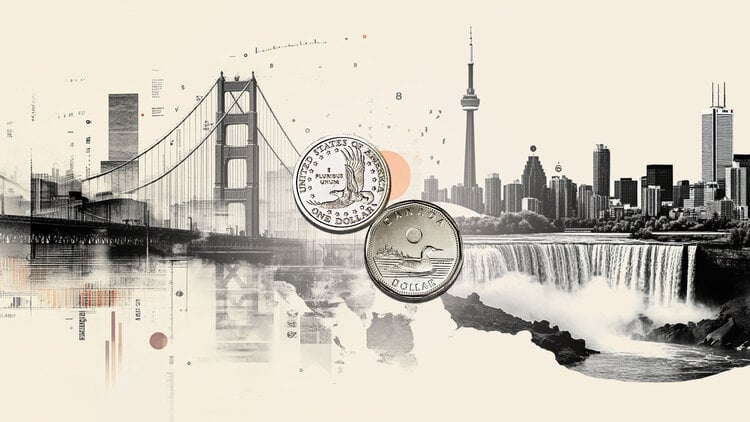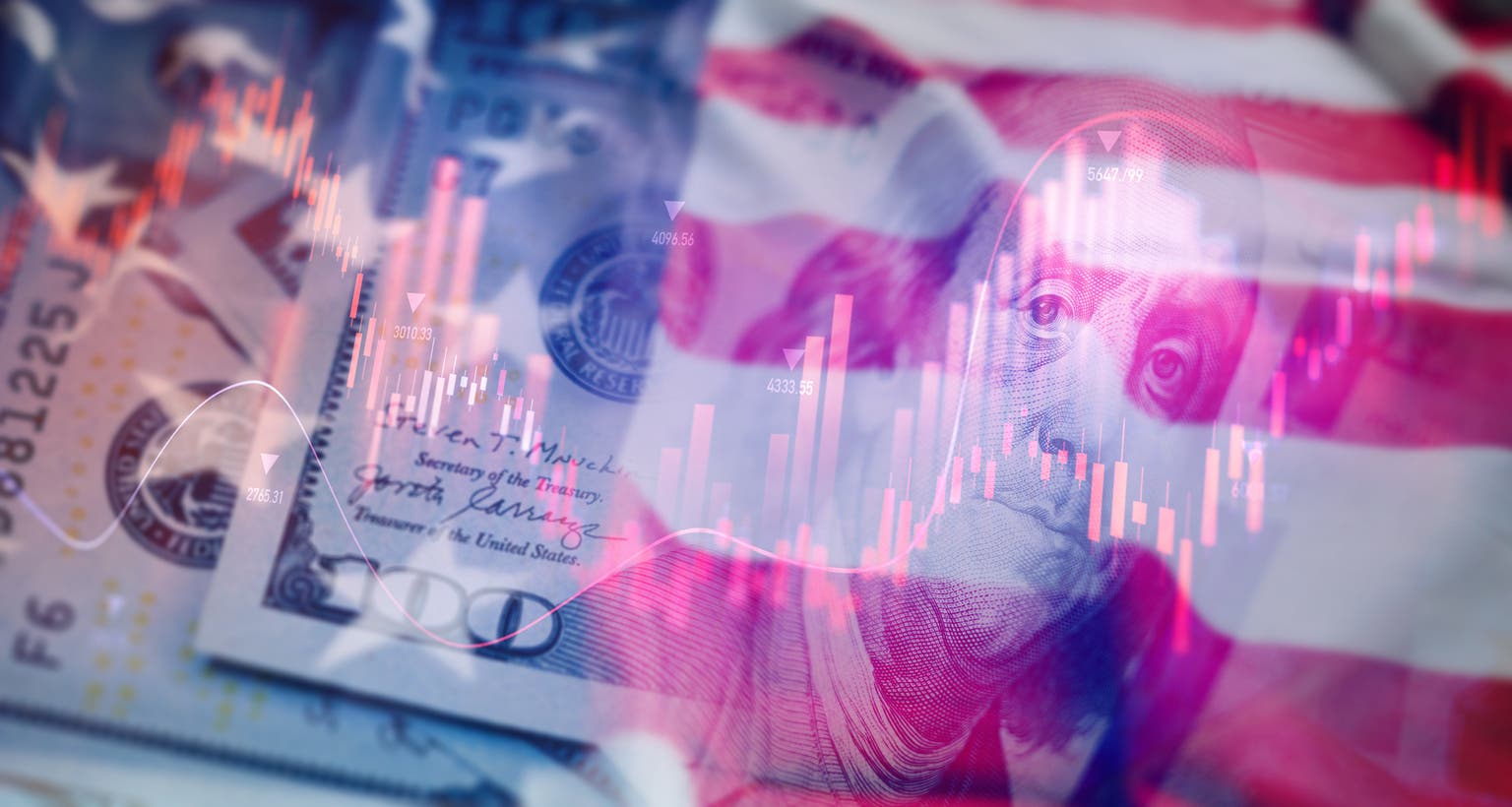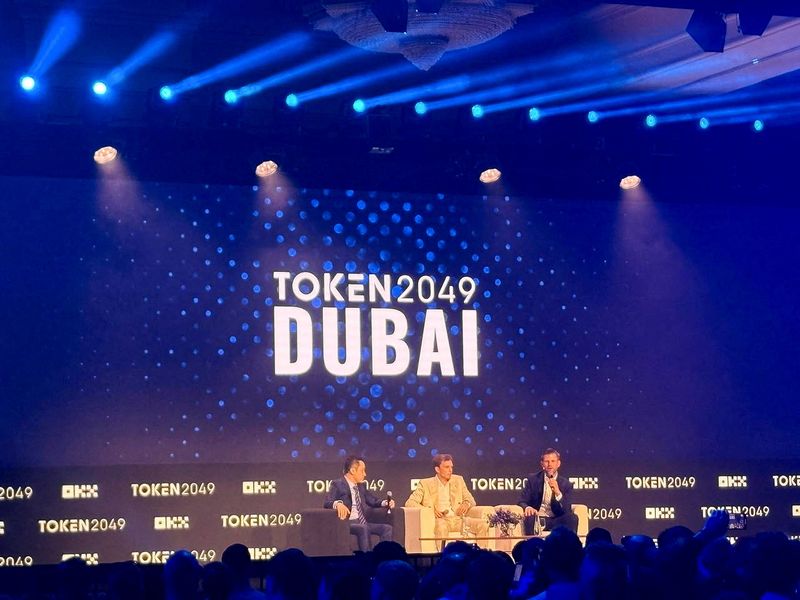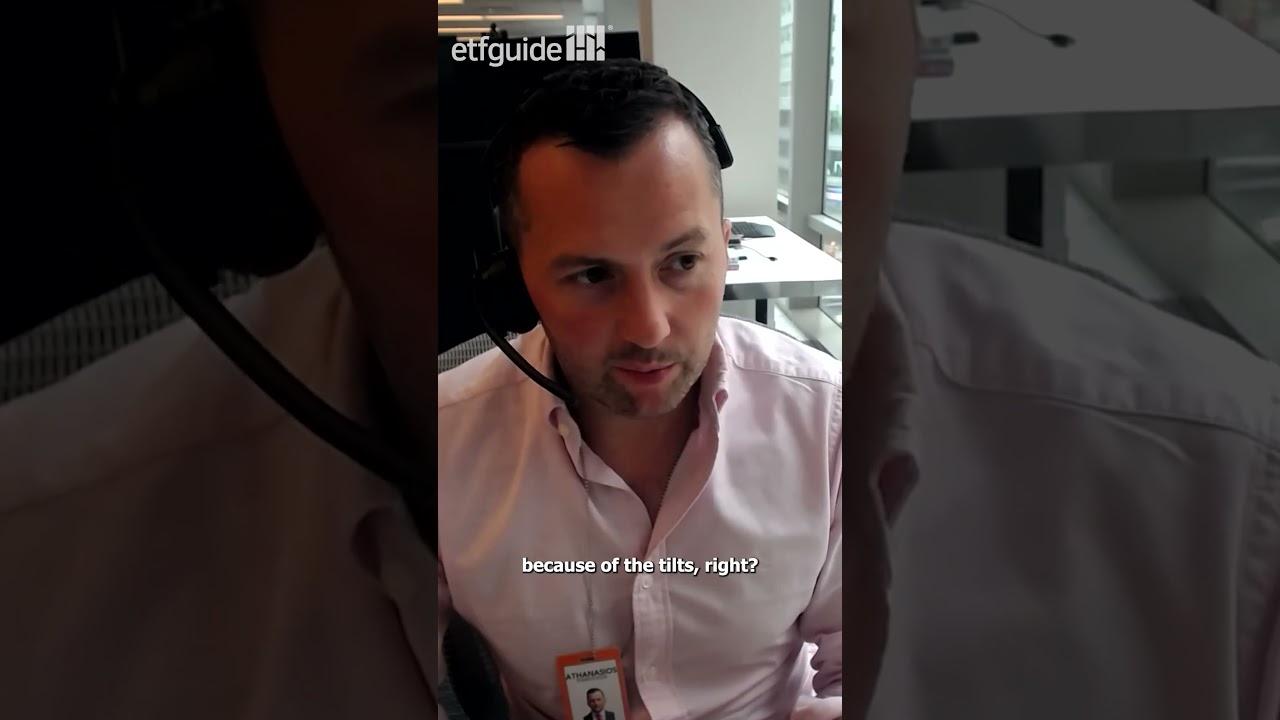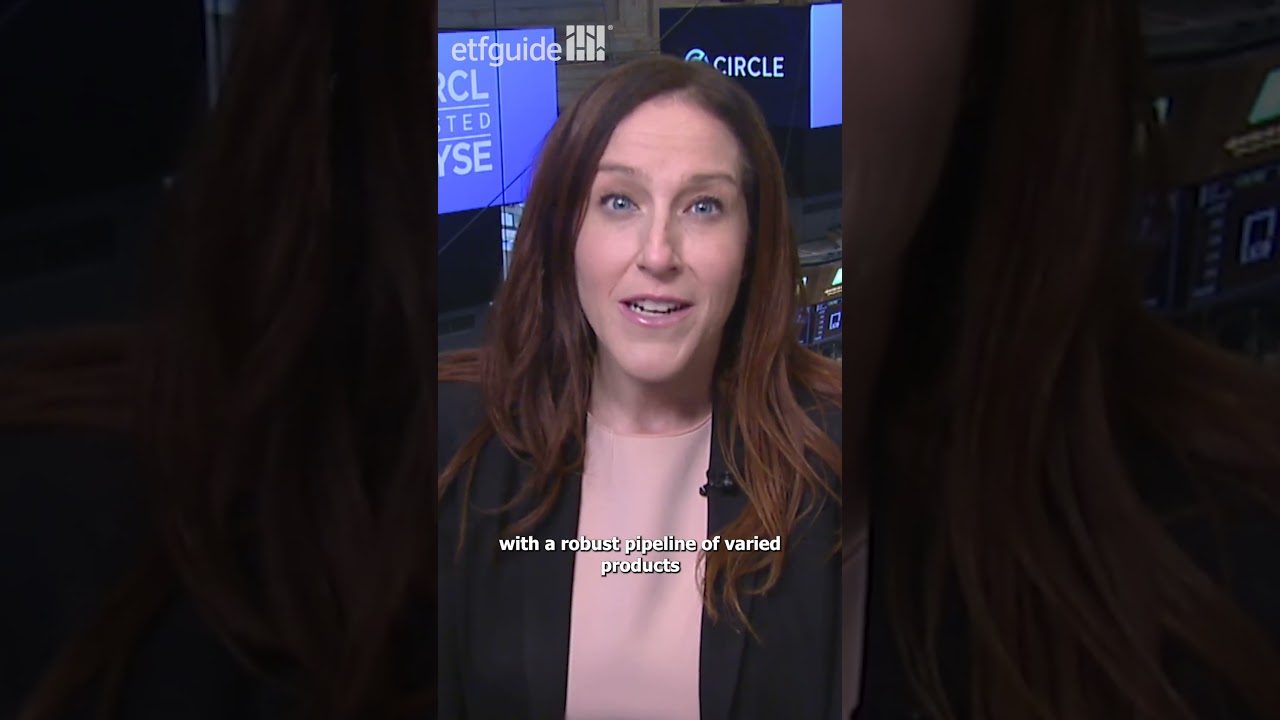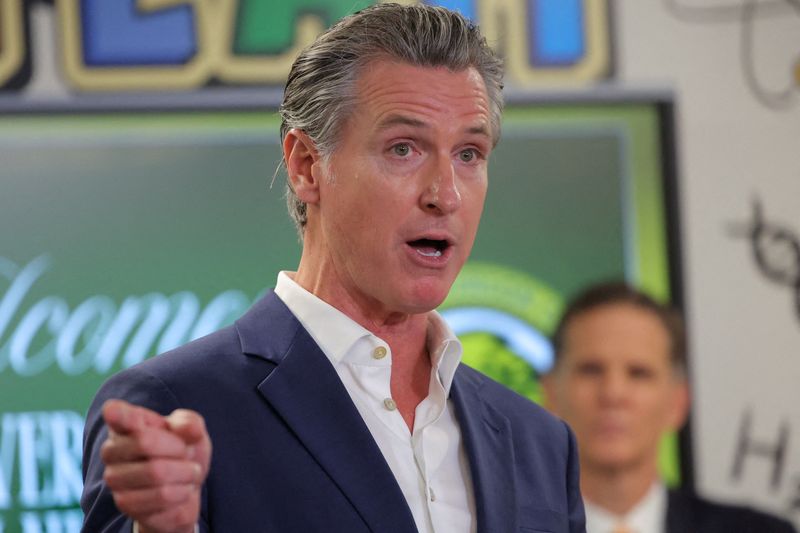CEO of Oura has 4 predictions for the $80 billion wearable tech industry—including growing his customer base by millions of people
“The amount of data is getting bigger and broader," says CEO of Oura Tom Hale.

The wearable tech industry is booming. Last year, the market was valued at over $80 billion and is expected to reach an estimated $180 billion by 2030, with the most significant growth across North America.
As more people opt for personalized health data, the once-futuristic idea of wearing health tech daily has become so mainstream that donning an Oura ring or glucose monitor at a party is no longer a rarity.
“We’ve always believed that there’s a transformation afoot in the way people address their health, meaning that they’re going to be in charge of it,” Tom Hale, CEO of Oura, tells Fortune on-site at HLTH Europe earlier this month, the continent’s health tech innovation summit.
Oura—which produces rings starting at $300 to track sleep, heart rate variability, resilience, and more—has sold over 2.5 million devices. The wearable company has been at the forefront of consumer interest in personal health data. It recently expanded its features to provide data on women’s hormonal and metabolic health.
For Hale, the industry is ripe for innovation, and the element of control is enticing consumers. Hale predicts a growing number of people will wear a health tech device daily, and maybe even more than one. Hale says he wouldn’t be surprised if people, one day, wear a health tech earring in addition to a ring.
“The amount of data is getting bigger and broader, and the ability for machine intelligence to look over that data and make sense of it is just getting better and better,” he says. “People [are] taking control of their health rather than waiting to see a doctor.”
Here are the CEO’s top predictions for the future of the wearable health tech industry:
Wearable tech will be the first step to the doctor
With doctor shortages and long waits, Hale sees more people turning to wearable tech first to enter a doctor’s office armed with their own data and questions. “We end up being the front door for you,” Hale says of Oura.
“Maybe you want to preserve the doctors for the most important things, but [a wearable device] can provide advice. It can educate you. It can inform you. It can warn you,” he says. “I think care is gonna shift to this hybrid mode, where the device is providing some form of care for you. And that care could be, ‘Hey, you should really see a doctor.’”
Preventive health has become a buzz phrase in the health world, and it will only become more dominant using wearable tech, Hale predicts. Last year, 70% of people in the U.S. and UK and 85% in China reported purchasing items within the preventive health category, like a digital health tool or anti-aging product, according to a report from McKinsey & Company.
AI advisors will give concrete, personalized advice
While devices like Oura provide real-time insights, recommendations for precisely how to improve a sleep or stress score are less clear on the platform (beyond supportive gestures like “your resting heart rate lowered late last night, could it be that you ate too close to bedtime?”). In the next five to 10 years, Hale predicts that the models will better predict risk and offer more concrete advice.
“We’re not a doctor … but we could get better and better at giving you those warnings and saying, ‘Hey, by the way, here’s a great partner you might want to talk to.’ ‘Here’s a great clinic,’” he says.
In a first step, Oura announced the AI-powered Personal Health Companion earlier this year. It offers advice for ways to take action and speaks directly to the user about their health metrics. Women make up the bulk of Oura consumers who have opted in to talk with the health companion. The demographic uses it nearly twice as much and twice as long as men, Hale shares.
“It remembers that my dog’s name is Jackson, and it’s always telling me to take a walk with Jackson,” Hale says of one user, noting that people increasingly gravitate toward personalized advice that makes them feel seen.
“It’s infinitely patient. It’s infinitely empathic, and it knows a lot about me,” Hale says of some of his users’ takeaways and why women may be more drawn to the platform, given their underrepresentation in medical research and higher likelihood of experiencing medical gaslighting.
More all-in-one devices
Expect more partnerships within the wearable tech industry to put all data in one place.
Oura recently partnered with a company that provides a glucose monitoring device to add metabolic health to their platform. Customers had said that beyond sleep, exercise, heart health, and stress, they wanted to measure something related to their nutrition and have it all in one place.
“Medicine wants to diagnose you with something, so you can get a pharmaceutical to treat you. I think what we’re saying is that you want to feel better, you want to look better, and you want to have energy. How do you look across all the potential ways and the things that you’re doing?” Hale says.
Devices that support, not scare
To succeed in the market, more health tech and wearable providers must understand their responsibility for curbing health anxiety and making user interfaces that support rather than scare.
Hale advocates for what he calls “calm tech” (think calming colors, supportive language, and muted tones) to encourage people and support them on their health journey rather than berate them with big red doomsday alerts.
When asked if there is such a thing as too much data and tracking, Hale says there can be. Because for many, more information isn’t always a good thing. While he notes that the platform tries to synthesize data before it gets to you and deliver only “bite-sized” insights, customers have come to his desk with concerns of being stressed about being stressed or stressed about not getting enough sleep.
There is even a term for not sleeping well because of a sleep tracker called orthosomnia. For someone who is prone to health anxiety and developing an unhealthy relationship with their trackers—perhaps compulsively beating themselves up for a score—Hale has some simple advice. “Take it off,” he says.
“It’s obviously stressing you out … like, don’t do it,” he says. “That’s more or less the response that we have.”
But for now, Hale sees more optimism in the sector than worry.
“We’re helping your body say things to you that you can’t hear unless you have the support in this tool. You get a sixth sense,” he says. “I think we could benefit tens of millions of people in five years. I don’t think we need to do anything radically different.”
This story was originally featured on Fortune.com





